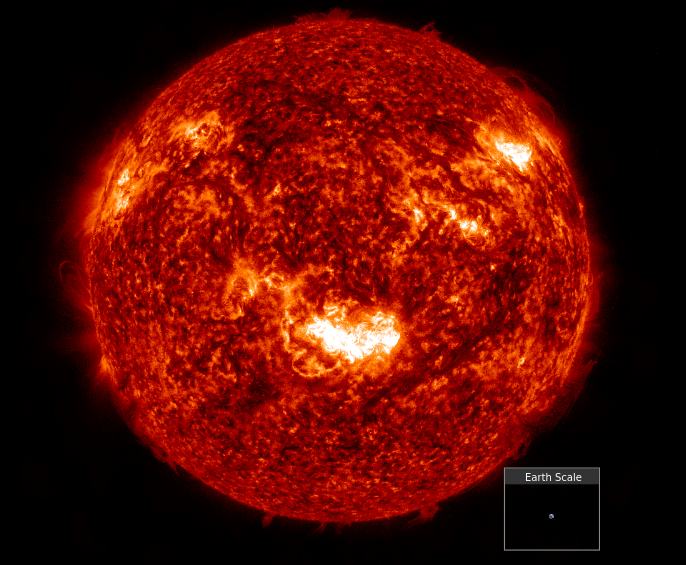6 min read What NASA Is Learning from the Biggest Geomagnetic Storm in 20 Years One year on, NASA scientists are still making huge discoveries about the largest geomagnetic storm to hit Earth in two decades, the Gannon storm. The findings are helping us better understand and prepare for the ways in which the Sun’s activity can affect us. On May 10, 2024, the first G5 or “severe” geomagnetic storm in over two decades hit Earth. The event did not cause any catastrophic damages, but it did produce surprising effects…
Read MoreTag: Solar Dynamics Observatory (SDO)
NASA Awards Contract Extension for Solar Science Instrument
NASA has awarded a contract extension to Stanford University, California, to continue the mission and services for the Helioseismic and Magnetic Imager (HMI) instrument on the agency’s Solar Dynamics Observatory (SDO). The cost-reimbursement, no fee contract extension provides for support, operation, and calibration of the HMI instrument, which is one of three main instruments on SDO. In addition, the extension provides for operating and maintaining the Joint Science Operations Center – Science Data Processing facility at Stanford as well as the HMI team’s support for Heliophysics System Observatory science. The…
Read More2024 Total Solar Eclipse: Prediction vs. Reality
2 min read 2024 Total Solar Eclipse: Prediction vs. Reality Image Before/After Before a total solar eclipse crossed North America on April 8, 2024, scientists at Predictive Science Inc. of San Diego aimed to foresee what the Sun’s outer atmosphere, the corona, would look like during totality. The predictions help researchers understand the accuracy of their models of the Sun’s corona, which extends along its magnetic field. A solar eclipse offers a rare opportunity to view the entire corona from Earth, guiding research into how its energy can cause solar…
Read More